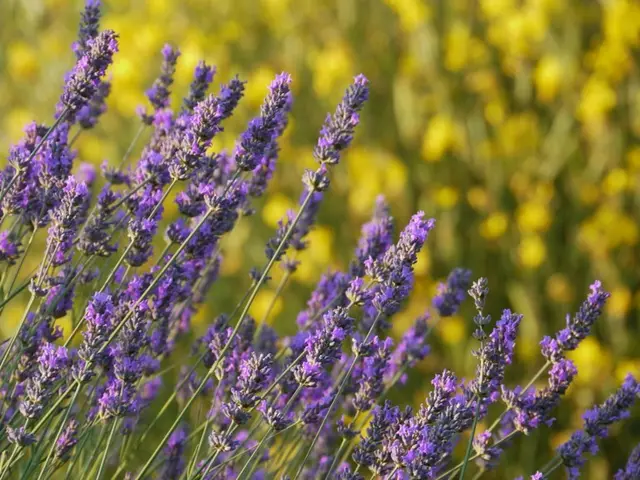Enhancing Water conservation in Gardens and Allotments: Strategies for Gardening Independent of Rainfall
In the summer of 2021, Devon has experienced a prolonged dry spell with above-average temperatures, leading to reduced yields and smaller produce in many crops. This issue is not unique to Devon; globally, severe droughts and floods have been on the rise, causing food price increases due to what Isabel Schnabel from the European Central Bank's executive board has termed "climateflation."
However, there are steps gardeners and farmers in the United Kingdom can take to improve their water storage capacity and increase their resilience in the face of these challenges.
Firstly, adapting soil cultivation to the site is crucial. Soil can be both well-drained and have increased water holding capacity with the addition of organic matter. Organic matter addition improves both the pore space and moisture holding capacity of soil, making it more resilient to dry spells.
Secondly, increasing the humus content in soil can significantly boost its water holding capacity. This can be achieved by composting kitchen waste, leaf litter, and garden clippings, and returning the resulting compost to the soil.
Lastly, using managed drainage systems to regulate soil water balance throughout the year can help ensure that water is not lost unnecessarily during heavy rainfall, and that it is available when needed during dry periods. Techniques such as using leaky dams, slowing land drain flow rates, or digging swales can help increase soil water levels.
To harvest more rainfall, ensuring every downpipe has a water diverter fitted can help channel rainwater to where tanks can be installed. Gardeners and farmers can double their rain harvesting capacity by fitting extra diverters that send rainwater to IBCs (Intermediate Bulk Containers). Increasing the size of water storage tanks or butts can also help increase water storage capacity.
Perennial crops like kale, cardoons, blackcurrants, gooseberries, raspberries, figs, apples, and pears can be drought tolerant, making them a good choice for water-stressed areas. While perennial crops are not a substitute for annual crops like carrots or potatoes, they can help conserve water. Establishing perennial crops can help reduce the area that needs to be irrigated, further increasing water resilience.
By implementing these measures, gardeners and farmers can not only improve their water storage capacity but also contribute to a more sustainable and resilient food system. Let's work together to combat climateflation and ensure a secure food supply for future generations.








